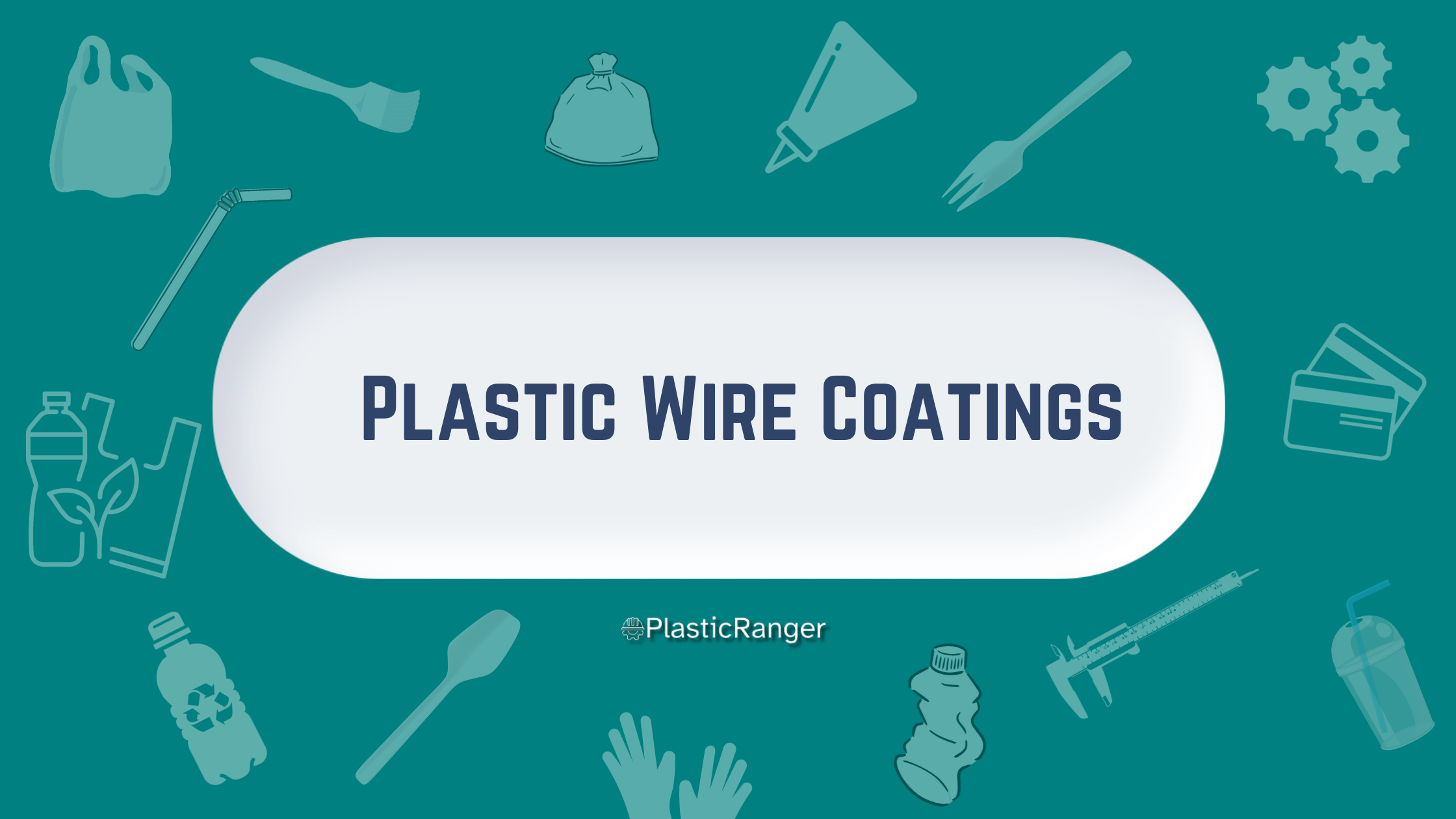Plastic Wire Coatings: An Overview
Wire coatings, more commonly called insulation, are crucial in the electrical and electronics industry. They protect users from electric shock, prevent short circuits, and maintain the integrity of the electrical conductance of the wire.
Among the numerous materials used for wire coatings, plastics have become predominant due to their exceptional properties.
This article delves into plastic wire coatings, looking into their benefits, types, and environmental implications.
Types of Plastic Wire Coatings
Polyvinyl Chloride (PVC): One of the most commonly used plastics for wire insulation, PVC is flexible, resistant to environmental factors, and economical. It is often used in household wiring, cables, and electronic devices.
Polyethylene (PE): Known for its excellent insulating properties, PE is used in power transmission and telecommunications. HDPE and cross-linked PE (XLPE) are popular variants with improved durability and resistance.
Polypropylene (PP): PP offers better temperature resistance than PVC and is used when higher heat resistance is necessary. It’s also known for its dielectric strength, making it suitable for high-frequency applications.
Teflon (PTFE): Characterized by its outstanding resistance to heat, chemicals, and electrical conductivity, Teflon is often used in aerospace, military, and high-performance computing applications.
Polystyrene (PS): While less common than the plastics mentioned above, Polystyrene is used in specific applications requiring minimal dielectric loss.
Benefits of Plastic Wire Coatings
Electrical Insulation: At their core, wires transmit electrical energy. Plastic coatings ensure this energy remains confined to the wire, reducing the risk of short circuits or electrocution.
Flexibility: Plastic coatings allow the wire to bend and twist without exposing the core. This flexibility is essential for installation and the overall longevity of the wire.
Durability: Plastics can resist wear and tear, temperature fluctuations, moisture, and chemicals, ensuring the wire remains protected throughout its life.
Cost-effectiveness: Mass production of plastic-coated wires is more cost-effective than other materials, making them affordable for both industries and consumers.
Environmental Implications
While plastic wire coatings offer numerous advantages, they also come with environmental concerns.
Non-biodegradability: Most plastic wire coatings do not decompose quickly. When discarded improperly, they can remain in the environment for hundreds of years.
Toxic Emissions: Burning or incinerating plastic-coated wires releases poisonous fumes, harming the environment and human health.
Recycling Challenges: Though some plastic wire coatings are recyclable, the process is complex and often not cost-effective. As a result, many coated wires end up in landfills.
To address these issues, the industry is exploring biodegradable plastics and other eco-friendly alternatives for wire coatings. Additionally, proper disposal and recycling techniques are being promoted and implemented globally.
Summary
Plastic wire coatings have undeniably transformed the landscape of the electrical and electronics sectors due to their numerous advantages. Their roles in ensuring safety, longevity, and efficiency span from everyday household gadgets to advanced aerospace machinery. Yet, like many innovations, they are not without environmental challenges.
It’s crucial for stakeholders, from industry pioneers to everyday users, to acknowledge these environmental impacts and actively pursue greener alternatives. This will ensure we leverage the benefits of these coatings without jeopardizing the health of our planet.
Quick Navigation

